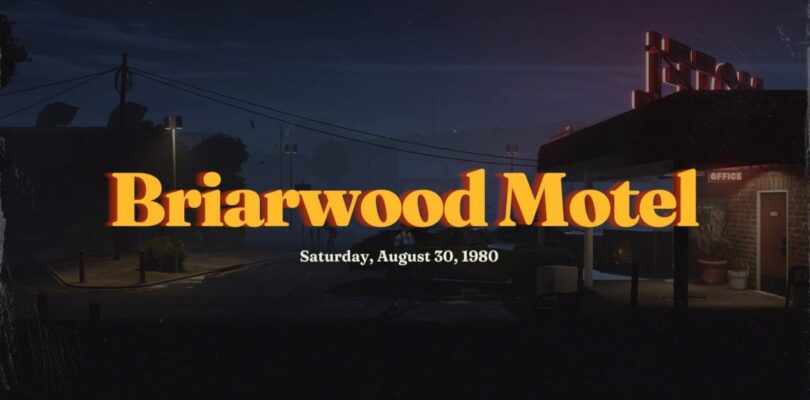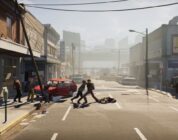Whether you want to slay zombies or rescue survivors, you’ll find opportunities for both in Into the Dead: Our Darkest Days by PikPok. A spinoff of Into the Dead, a mobile action game, it’s the first franchise entry to use sidescrolling mechanics. As a fan of survival games, I was interested in how this would differ from other recent genre titles. Just from the images, I was digging the retro late 70’s-early 80’s vibe the art really brings forth. Regardless of not having played either of the previous franchise games, I decided to try out Into the Dead: Our Darkest Days.
Into the Dead: Our Darkest Days Preview – Stranger Things Meets Late Night With the Devil Vibes
Right off the bat, the art direction for the title is on the nose for a late 1970’s city. From the color palette used in text, to the style of clothing survivors wear, to the decor of different locations, everything oozes that end of the decade feeling. Every home has a corded telephone, TV’s come with bunny ear antennas, the arcades are filled with retro machines, and the cars are long and boxy.
You get to pick two survivors to start with, each with their pros and cons. I personally love Penny and Daphne. Penny is an amazingly stealthy survivor. When armed with a blade, she can quickly take out a zombie without alerting others to her presence. Daphne is a multitasker built for shelter management. Able to get increased output from cooking and making medical items, her lessened damage crowns her as a shelter mother.
Scavenging is where all the action in the game takes place. You can send a max of three survivors out per phase, or day and night. Locations can be explored in a number of ways. You can go through the front door, climb a pipe to the roof, or jump to an overhang and climb through a window. Zombies can be stealthily killed from behind, but if you’re seen, they can let out a horrible wail that alerts all nearby enemies to your presence. This can be negated by whapping the zombie before it unleashes its screeching howl.
The further towards escape you get the more zombies you’ll encounter in a location. You’ll have had the ability to upgrade your shelter units, though, allowing you to possibly arm yourself with guns or more durable weapons. Stealth is still important here, as you can quickly get swarmed with upwards of five zombies at a time. Taking hits from them can quickly render your survivor dead. The resources they gathered are left with the body, and all your survivors in the shelter get hit with a Grief state.
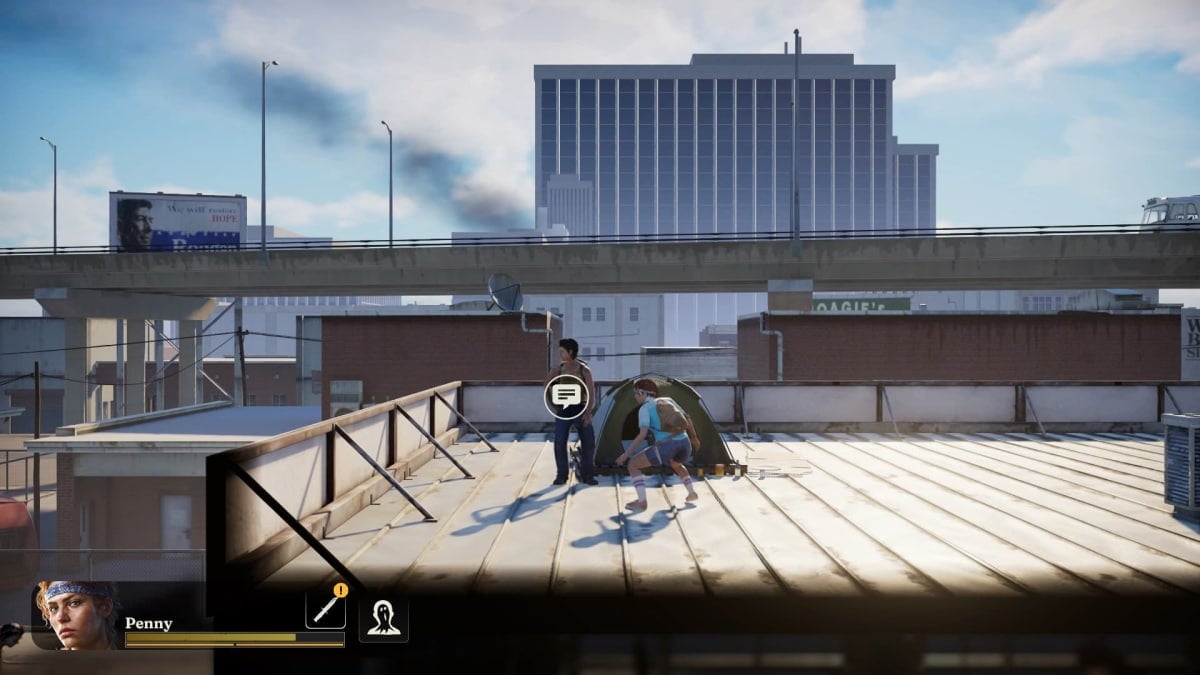
States in the game affect how characters interact with each other, what they need when at the shelter, and if they’ll just up and leave your group. Grief can lead to the last result if left to turn into depression and hopelessness. This means you’ll have to bench your best scavenger sometimes or risk the consequences.
A survivor’s death also impacts your strategy moving forward. Are you willing to risk another survivor to get the items that were collected? I often sent someone to collect the backpack of a fallen survivor, especially if they had a gun. Guns are rare to find, so keeping your hands on them when you get them can mean the difference between successfully escaping or failing.
I found myself really enjoying trying to fully clear a location and find all the survivors currently available. There are hidden locations only found by talking to some survivors or finding secret notes. These are often filled with rare loot, including weapons and base materials. Sometimes, there are human enemies guarding these areas, adding a bit of spice to your zombie-killing routine.
There are ways to do no-kill runs at certain locations, which really challenges stealth and escaping alive. You can also kill every zombie you come across, managing the sound various weapons make as well as the lack of weapons you may run into by not paying attention to weapon durability. Depending on your playstyle, you can have a different experience from others while clearing locations.
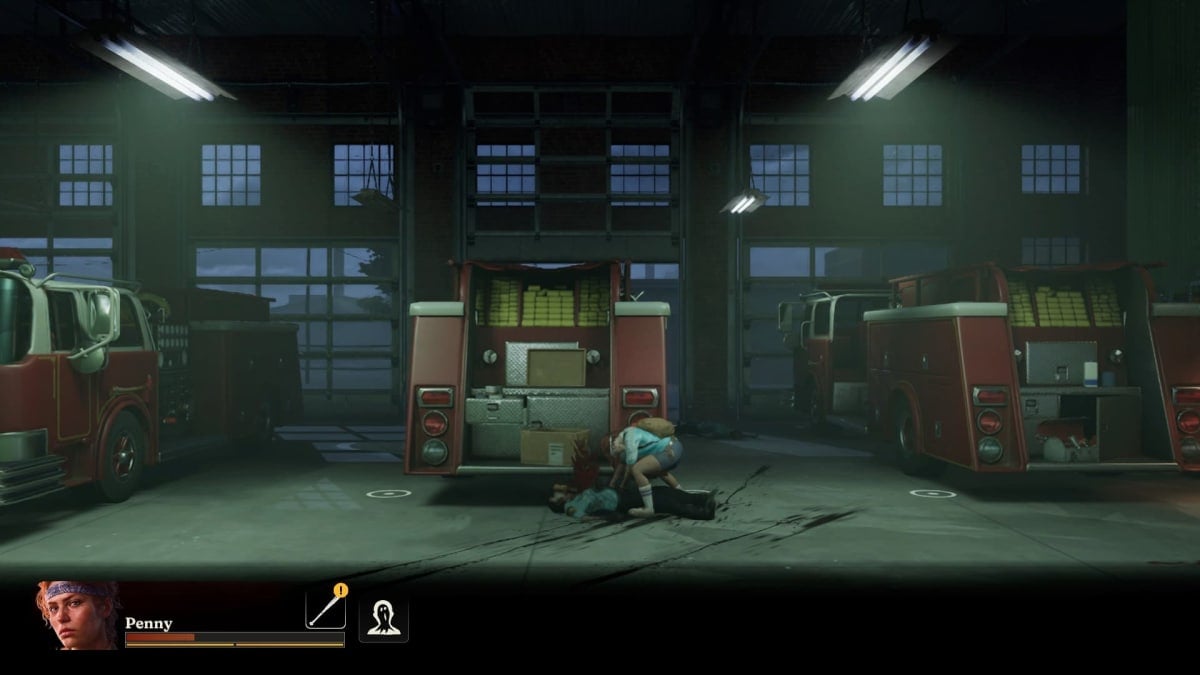
The zombie sounds are eerie, even more so when you wear headphones and can hear all their movements. Some zombies cry or hum, and I’ve never heard anything as creepy. The first time I heard a zombie scream, the hairs on my neck stood on end. The audio is extremely important and highlights all aspects of Into the Dead: Our Darkest Days.
Into the Dead: Our Darkest Days Downfall
One of the major issues I take with the title is the lack of variety. There are plenty of locations you can scavenge, different weapons to use, and survivors with various traits to rescue. The main problem is the layout of the zombies themselves. Whenever you enter a place for the first time, the enemies are always in the same room, use the same movement patterns, and react the same way to loud sounds. If you end up replaying a part of the game multiple times, like the beginning, those areas can quickly become boring to explore. There’s less challenge when you can memorize where the zombies are and move around them or stealth kill them without any worry for your survivor.
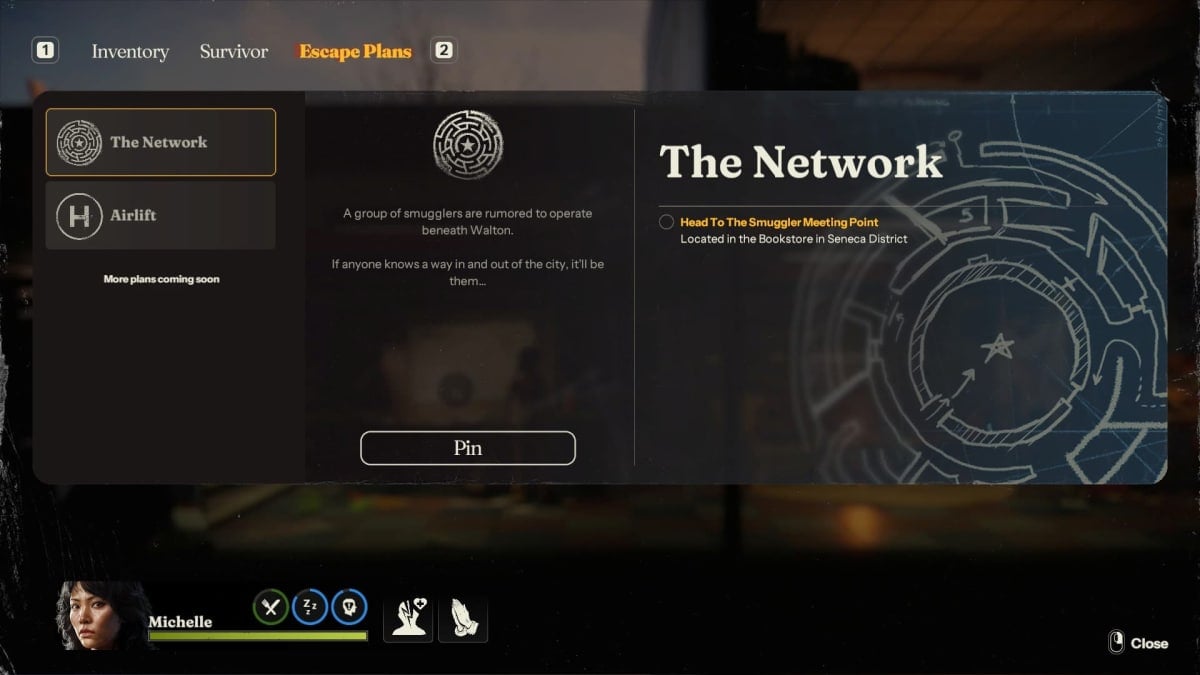
This applies to the Escape Plans, as well. Currently, there are two plans you can work towards to make it out of the city. The plans don’t change. Their leads are located in the same places, the needed items are always found in the same area when scavenging, and the designated locations to progress the plan are the same. Again, if you play through multiple times, this can make the title more boring than intended.
Additionally, there are still a number of bugs that impact gameplay. Into the Dead: Our Darkest Days is in Early Access, so bugs are expected. Some that I’ve encountered include game crashes, softlocks, zombies attacking through doors, zombies moving through objects, and zombies not spawning correctly. The dev team has said they are working on them.
The number of times I’ve had to restart due to softlocks and crashes is far higher than it should be. Not only that, but there were different causes of the softlock, and they all resulted in an endless loading screen when returning to the shelter. Since returning to the shelter is when the game saves, this caused me to have to restart a new game multiple times. Depending on where you’re at, this could be upwards of 10 hours invested in a save just gone. Even though Into the Dead: Our Darkest Days has plenty of pros, the progression-ending bugs instantly kill any motivation to continue playing.
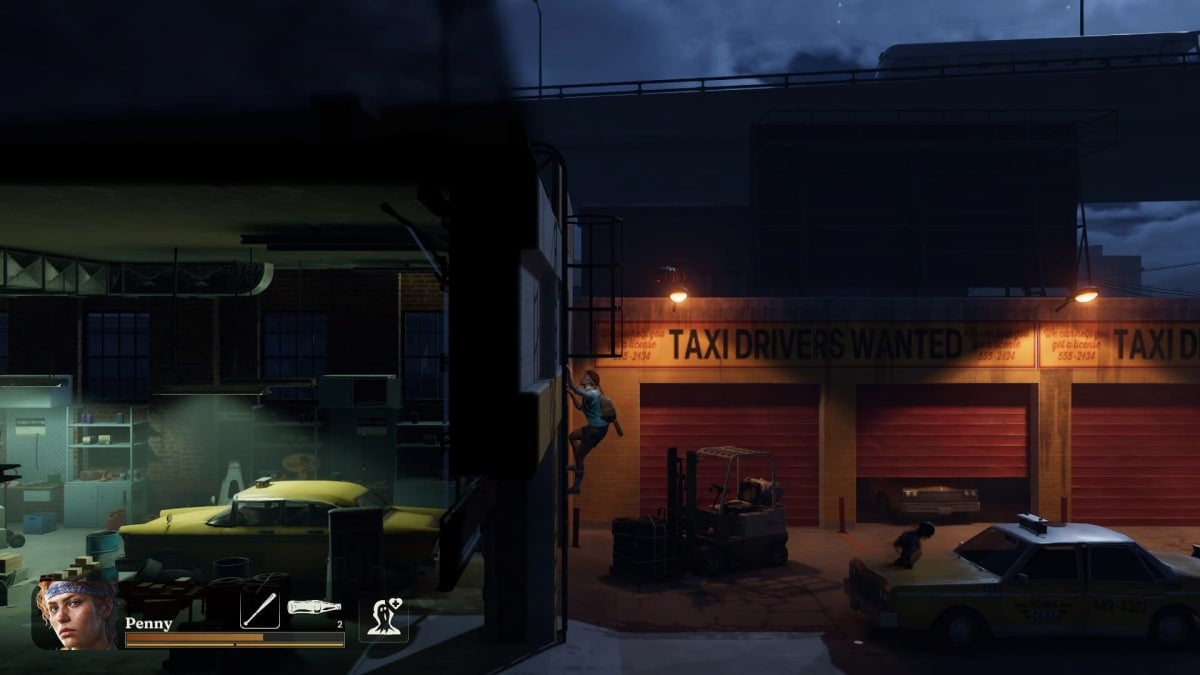
Thankfully, the game is in Early Access, meaning many of these issues are going to be addressed as time goes on. Development is already noted on the EA Roadmap for “curveballs”, or world events that will affect your shelter in various ways. Further down the pipeline are additional survivors, NPC traders, an expanded map, more escape plans, and more zombie behaviors. These will certainly change how the game plays and, hopefully, keep it fresh and exciting each time you start a new game.
PikPok is a leading game studio in New Zealand, so I have faith the development team will be able to remedy the different causes for crashes and softlocks, as well as the other bugs present in the title, before it fully launches. The core mechanics and the story of Into the Dead: Our Darkest Days is solid. Flushing it out with more variety or a more challenging mode will only make it a stronger contender in the survival genre.
Into the Dead: Our Darkest Days was previewed over 27 hours with a code provided by PikPok. All screenshots were taken during the course of the preview.

